The Belgian Malinois, a breed often mistaken for a German Shepherd, is rapidly gaining popularity, and for good reason. This intelligent, driven, and intensely loyal canine boasts a history steeped in working ability and possesses a remarkable capacity for learning. But this isn’t a breed for the faint of heart. Understanding the nuances of the Belgian Malinois is crucial before welcoming one into your life. This comprehensive guide will explore every facet of this exceptional breed, from its origins to its specific needs and behaviors.

A History of Hard Work
The Belgian Malinois originates from the Malines region of Belgium, hence the name. Developed in the late 19th and early 20th centuries, it was bred as an all‑purpose farm dog, capable of herding livestock, guarding property, and providing companionship. Unlike some breeds developed for specific aesthetic qualities, the Malinois was relentlessly selected for working ability. This practical breeding focused on producing dogs with stamina, intelligence, and a strong work ethic.
The breed nearly disappeared after World War I, but dedicated breeders worked tirelessly to revive it. Today, the Belgian Malinois excels in various roles including police work, military operations, search and rescue, and competitive dog sports. Their versatility and trainability have solidified their position as a top working breed worldwide.
Physical Characteristics
Belgian Malinois are medium to large sized dogs. Males typically stand 24 to 26 inches tall at the shoulder and weigh between 60 and 80 pounds. Females are slightly smaller, ranging from 22 to 24 inches and 40 to 60 pounds. They have a lean, muscular build and a distinctive short, weather‑resistant coat.
Coat colors typically range from fawn to mahogany, with a black mask and ears. Some Malinois may have white markings on the chest and feet. Their ears are triangular and erect, contributing to their alert and intelligent expression. They possess strong jaws and a well‑defined stop.

Temperament and Behavioral Traits
The Belgian Malinois is renowned for its intelligence, drive, and intensity. These are highly intelligent dogs that learn quickly, but also require consistent mental stimulation. They possess a strong work ethic and thrive when given a job to do. This breed is not content to simply be a couch potato.
They are fiercely loyal and protective of their families, but can be aloof or wary of strangers. Early socialization is crucial to ensure they develop into well‑adjusted adults. Without proper socialization, they may exhibit excessive barking, reactivity, or even aggression.
Belgian Malinois are also known for their high prey drive. They may chase small animals and require secure fencing and careful supervision when outdoors. They are not typically aggressive toward people without provocation, but their protective instincts can be strong.
Caring for Your Belgian Malinois
Owning a Belgian Malinois is a significant commitment. These dogs require a dedicated owner who can provide them with the physical and mental stimulation they need to thrive.
Exercise Needs
Belgian Malinois are high‑energy dogs that require a minimum of two hours of vigorous exercise per day. This can include running, hiking, swimming, playing fetch, or participating in dog sports like agility, obedience, or protection work. A bored Malinois is a destructive Malinois.
Training and Mental Stimulation
Consistent training is essential for Belgian Malinois. They excel in positive reinforcement based training methods and enjoy learning new commands and tricks. Puzzle toys, scent work, and interactive games can help keep their minds engaged.
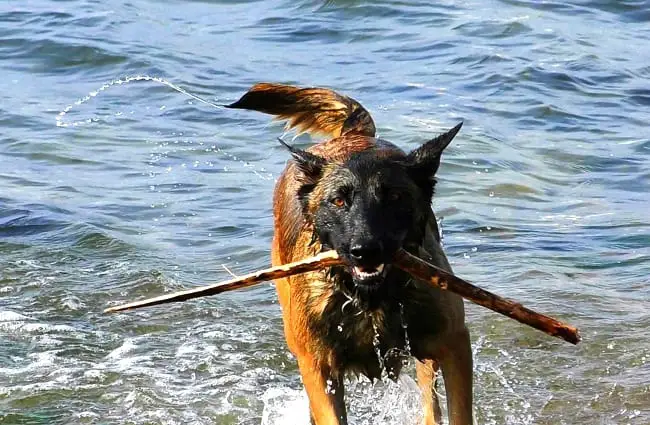
Grooming
Belgian Malinois have a short, double coat that requires minimal grooming. Weekly brushing will help remove loose hair and keep their coat healthy. They shed moderately throughout the year, with heavier shedding during the spring and fall. Regular nail trimming and ear cleaning are also important.
Health Considerations
Belgian Malinois are generally healthy dogs, but they are prone to certain health conditions. These include hip and elbow dysplasia, progressive retinal atrophy, and hypothyroidism. Responsible breeders screen their breeding dogs for these conditions to minimize the risk of passing them on to their puppies.
Is a Belgian Malinois Right for You?
Before bringing a Belgian Malinois into your home, it’s crucial to honestly assess your lifestyle and capabilities. This breed is not suitable for first‑time dog owners or those with a sedentary lifestyle. They require a dedicated owner who can provide them with consistent training, ample exercise, and plenty of mental stimulation.
If you are an active, experienced dog owner who is looking for a loyal, intelligent, and driven companion, a Belgian Malinois may be the perfect fit. However, if you are not prepared to meet their demanding needs, it’s best to consider a different breed.

Beyond the Basics: Understanding Breed‑Specific Behaviors
While general training principles apply, Belgian Malinois often exhibit certain behaviors that require a nuanced understanding. Their inherent drive can sometimes manifest as resource guarding, requiring careful management and training. Early and consistent socialization is paramount to prevent this.
Furthermore, their sensitivity can make them reactive to perceived threats. Building a strong bond based on trust and positive reinforcement is essential. Utilizing desensitization and counter‑conditioning techniques can help them overcome anxieties and develop confidence. Avoid harsh corrections, as these can damage their trust and exacerbate behavioral issues.
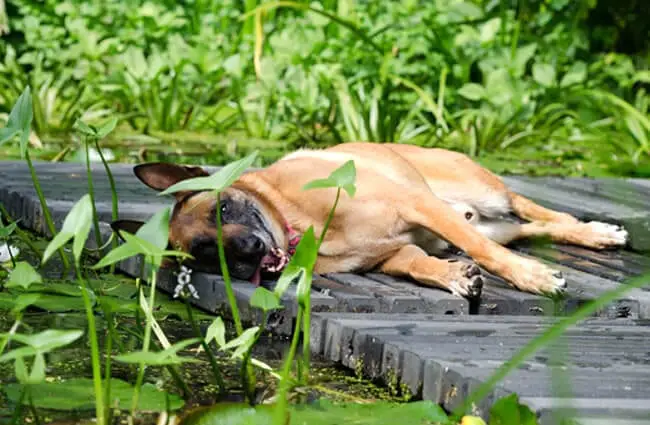
The Modern Working Malinois
The Belgian Malinois has become a favored choice for law enforcement and military applications due to its exceptional scent detection abilities, speed, and trainability. These working dogs undergo rigorous training to perform tasks such as explosive detection, narcotics detection, and suspect apprehension.
However, it’s important to note that working lines often have even higher drive and energy levels than companion lines. Prospective owners should carefully research the breeder and lineage to ensure they are selecting a dog that is appropriate for their lifestyle and experience level.
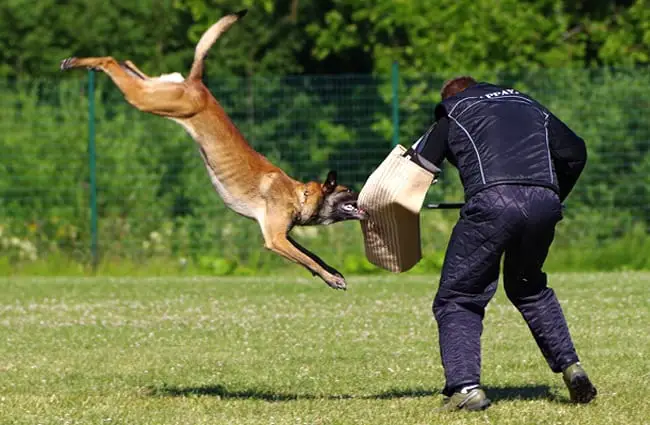
In conclusion, the Belgian Malinois is a remarkable breed with a rich history and a bright future. Their intelligence, drive, and loyalty make them exceptional companions for the right owner. By understanding their unique needs and providing them with the training, exercise, and mental stimulation they require, you can unlock their full potential and enjoy a rewarding partnership for many years to come.

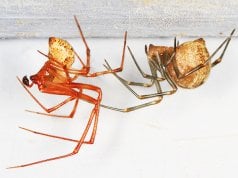
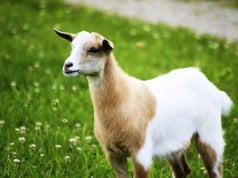


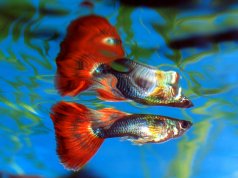
![Red Angus Closeup of a beautiful Red Angus cowPhoto by: U.S. Department of Agriculture [pubic domain]https://creativecommons.org/licenses/by/2.0/](https://animals.net/wp-content/uploads/2020/03/Red-Angus-4-100x75.jpg)

